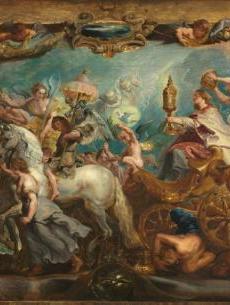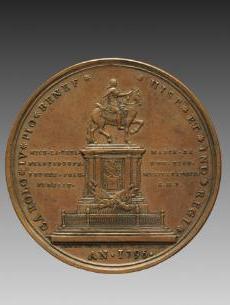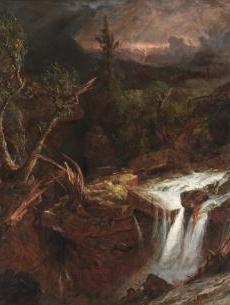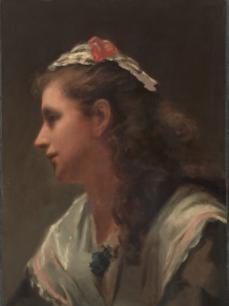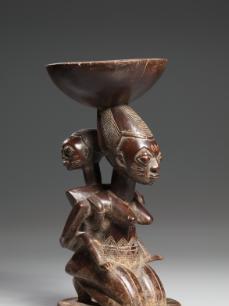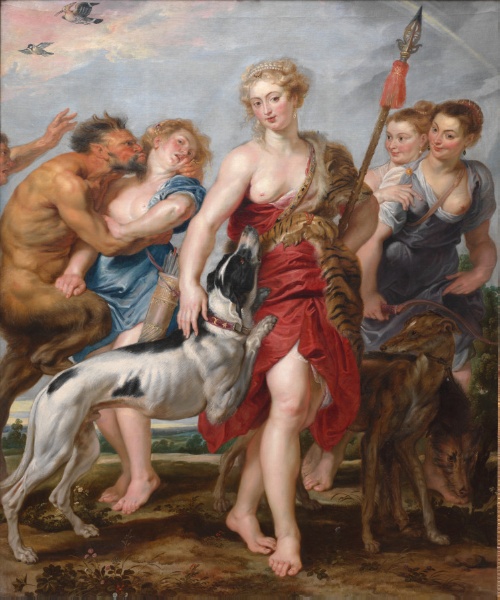
Diana and Her Nymphs Departing for the Hunt
c. 1615
Peter Paul Rubens, Workshop
(Flemish, 1577–1640), null
Flanders
Videos
How Do We Know this is the Goddess Diana?
See Also
Visually Similar Artworks
Contact us
The information about this object, including provenance, may not be currently accurate. If you notice a mistake or have additional information about this object, please email collectionsdata@clevelandart.org.
To request more information about this object, study images, or bibliography, contact the Ingalls Library Reference Desk.
All images and data available through Open Access can be downloaded for free. For images not available through Open Access, a detail image, or any image with a color bar, request a digital file from Image Services.
